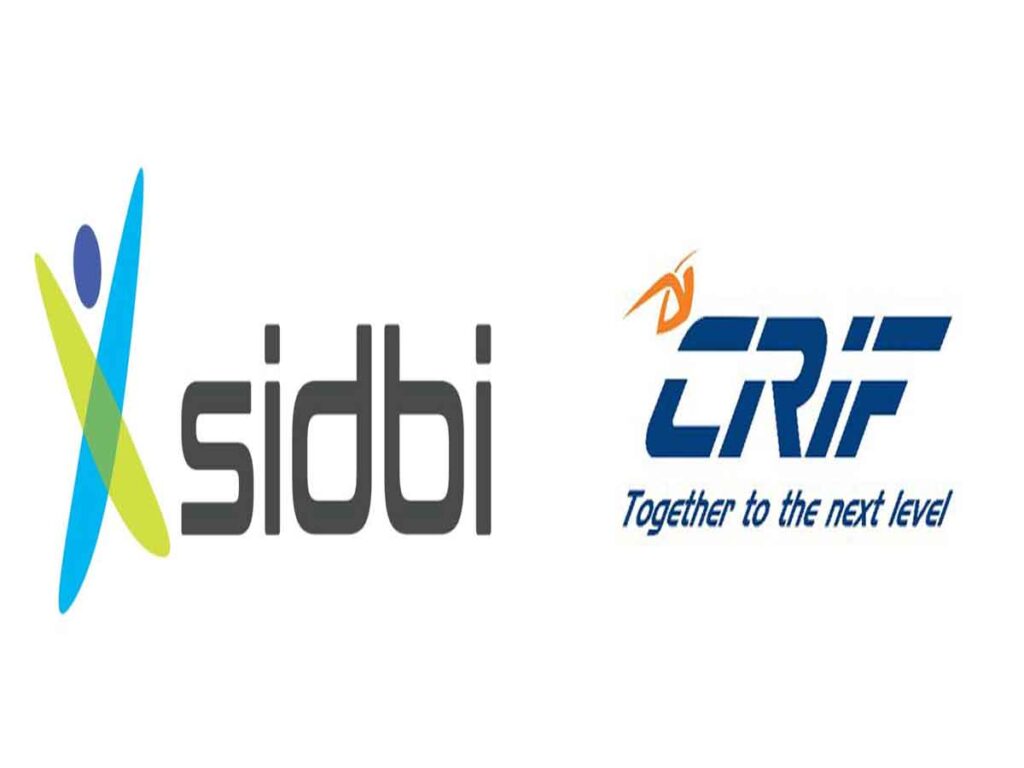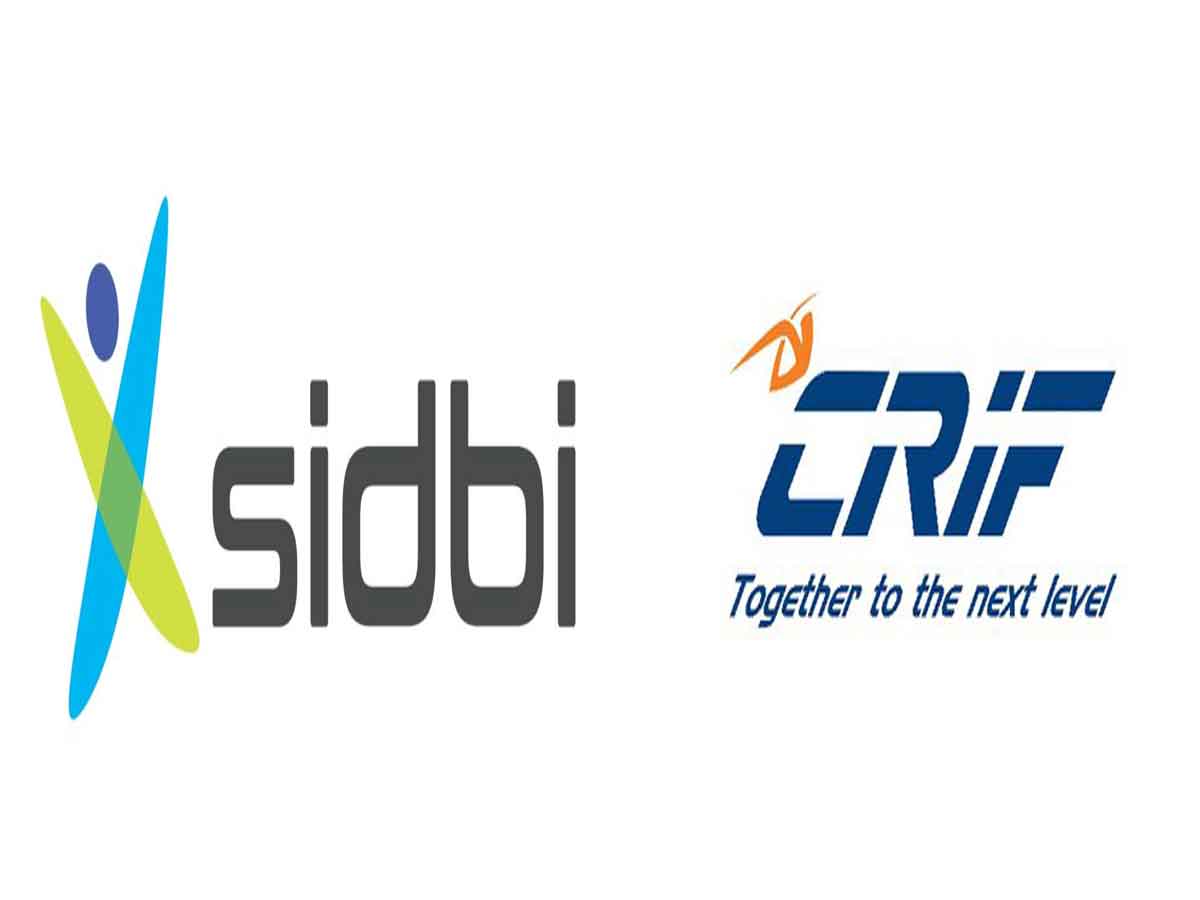
365telugu.com online news,india,january 6th,2022:Small Industries Development Bank of India (SIDBI), the principal financial institution engaged in the promotion, financing and development of Micro, Small & Medium Enterprises (MSMEs), and CRIF High Mark, a leading Indian credit bureau, today, launched its fourth edition of ‘Industry Spotlight’ that analyses the ‘Electrical Machinery’ industry.
Credit landscape in the Electrical Machinery industry
According to the report, the total amount of credit availed by the sector as of March 2021 stood at Rs.94.8 thousand crore which witnessed a Y-o-Y increase of 3.2%. The report also states that the number of active loans (volume), in the sector stood at 199.49 thousand, as of March 2021.
The industry observed a quarterly decline in NPAs since Dec.2018. The Y-o-Y NPA improved by 5.83% in Mar 2021 and stood at 13.6%; while Q-o-Q reduced by 0.35%.
Export earnings of the sector
India is a major exporter of switchgear and control gear, transformers and parts, industrial electronics, cables, transmission line towers, Conductors, rotating machines (motors, AC generators, and generating sets) & parts. As per the report, the export credit as of March 2021 stood at Rs.2.2 thousand crores with a nearly 8% Q-o-Q decline, and 6% Y-o-Y decline.
Majority of the overall credit by volume is dominated by MSME borrowers

MSME borrower segment constitutes 95% of the overall number of loans (credit volume) to the sector and 30% of the overall amount of loans (credit value) as of March 2021. Micro segment borrowers constitute 83% in disbursements (by volume) in FY 2020-21. The industry has a presence of 3 lakh borrowers as of March 2021.
Geographical insights on top regions in terms of Credit Portfolio
At the state level, Maharashtra and Delhi are the top two states in terms of credit portfolio (value), each having > Rs.10000 crore portfolio as of March 2021.
The report highlights the share of top 12 Electrical Machinery manufacturing regions in India at 84% of the credit portfolio and 32% of the overall credit active units in the country.
Shri Sivasubramanian Ramann, Chairman and Managing Director, SIDBI said, “India is the third largest producer and the second largest consumer of electricity in the world while Electrical Machinery industry in India is one of the mainstays of the economy. The sector contributes to 8% of the country’s manufacturing production, 1.5% to the country’s GDP, 1.5% to the country’s exports. The government has a target of 30% electric vehicle penetration by 2030 with incentives to make domestic manufacturing economically viable. This presents a huge opportunity for domestic manufacturers in the electrical machinery sector and has a promising future with exponential growth.”
Mr. Navin Chandani, MD & CEO, CRIF India, said, “The Indian Electrical Machinery Industry has a diversified, mature and strong manufacturing base supported by a robust supply chain. The industry contributes immensely to the economy through its contribution to GDP, exports, and employment generation. As markets resumed normalcy and manufacturing activities gained pace, the sector has shown promising signs of recovery and is expected to continue its growth trajectory.”

Lender profiles for the Electrical Machinery sector
Public sector banks are dominant in providing finance to the sector with a share of 60.3% in volume as of March 2021. The share of private banks, NBFCs and foreign banks were 22.3%, 11.4% and 2.4%, respectively. By value, private banks have the largest share at 37.8% followed by public sector banks with 23.1%, NBFCs comprising of 19.8% and foreign banks with 16.1% as of March 2021.
Industry Spotlight is a series of quarterly reports providing data and trends on industry sectors in each edition, introduced with an aim to help lenders, policymakers with the insightful data. It analyses the credit landscape of the sector, major lenders, sectoral composition and borrower segments along with its risk analysis. The report entails an analysis of credit flow at cluster level while factoring the state of MSMEs in the respective cluster.

